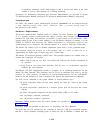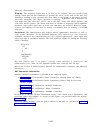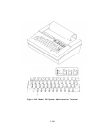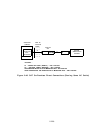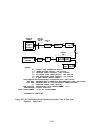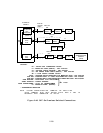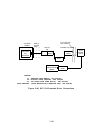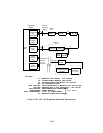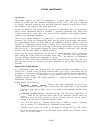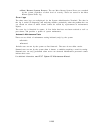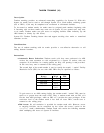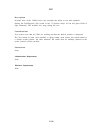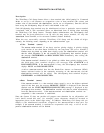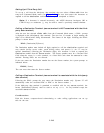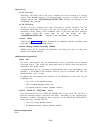SYSTEM MAINTENANCE
Description
The primary objective of System 25 maintenance is to detect, report, and clear troubles as
quickly as possible and with minimum disruption to normal service. This goal is supported
by periodic automatic diagnostic tests and fault detection hardware. System design allows
most troubles to be resolved to the circuit pack level.
System 25 hardware and software are organized as independent units or maintenance
objects. Each maintenance object is normally a separately replaceable unit. These units
include circuit packs, power units, fans, voice and data terminals, cross-connect hardware,
auxiliary, and peripheral equipment.
There are two general categories of system errors:
system-detected errors and user-reported
problems. The system can automatically detect and log errors without human intervention.
For system-detected errors, an Alarm LED on the Attendant Console is lighted if the error
qualifies as a Permanent System Alarm (a serious error). Most alarms can be verified by
checking the LEDs located on the front edge of the system circuit packs. (At least one Red
LED will be on. ) User-reported problems are usually detected at individual voice and data
terminals and are often related to alarmed conditions.
Alarms may be retired automatically and can also be cleared manually. After a trouble has
been cleared, the system retests the previously faulty area.
If the fault is no longer present,
the error message (and alarm, if applicable) is cleared.
It is not necessary for maintenance
personnel to retire alarms after a problem has been fixed. However, they may clear error
messages and alarms by entering the proper commands at the System Administration
Terminal.
System Errors And Alarms
If a maintenance object fails periodic tests, the system automatically generates an error
record that is placed in one of three software tables (error logs). The failure may be
classified as a Permanent System Alarm or as an unverified failure that never becomes a
Permanent System Alarm.
A Permanent System Alarm causes the Alarm LED on the
Attendant Console to light. This alarm indication is a signal to the attendant to contact
maintenance personnel.
System alarms are classified as:
●
Permanent System Alarms:
Failures that cause degradation of service and
require immediate attention.
These alarms cause the Alarm LED on the Attendant
Console to light and an alarm record to be stored in the Permanent System Alarm
error log.
●
Transient System Errors:
Potential failures that may cause degradation of
service.
These do not light the Alarm LED on the Attendant Console. These are
errors that have not been verified by system self-tests, and are not yet serious
enough to be classified as Permanent System Alarms.
If an error that begins as a Transient System Error is verified or reaches a threshold
level of severity, it is reclassified as a Permanent System Alarm.
Transient system errors are stored in the Transient System Error log. The system
can store a combined total of 40 Permanent System Alarms and Transient System
Errors in the error tables.
2-234



